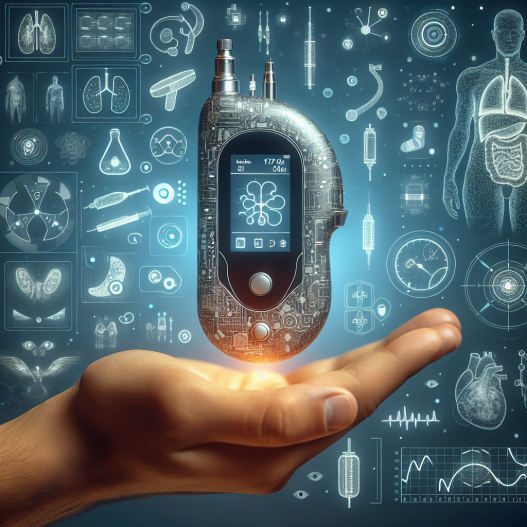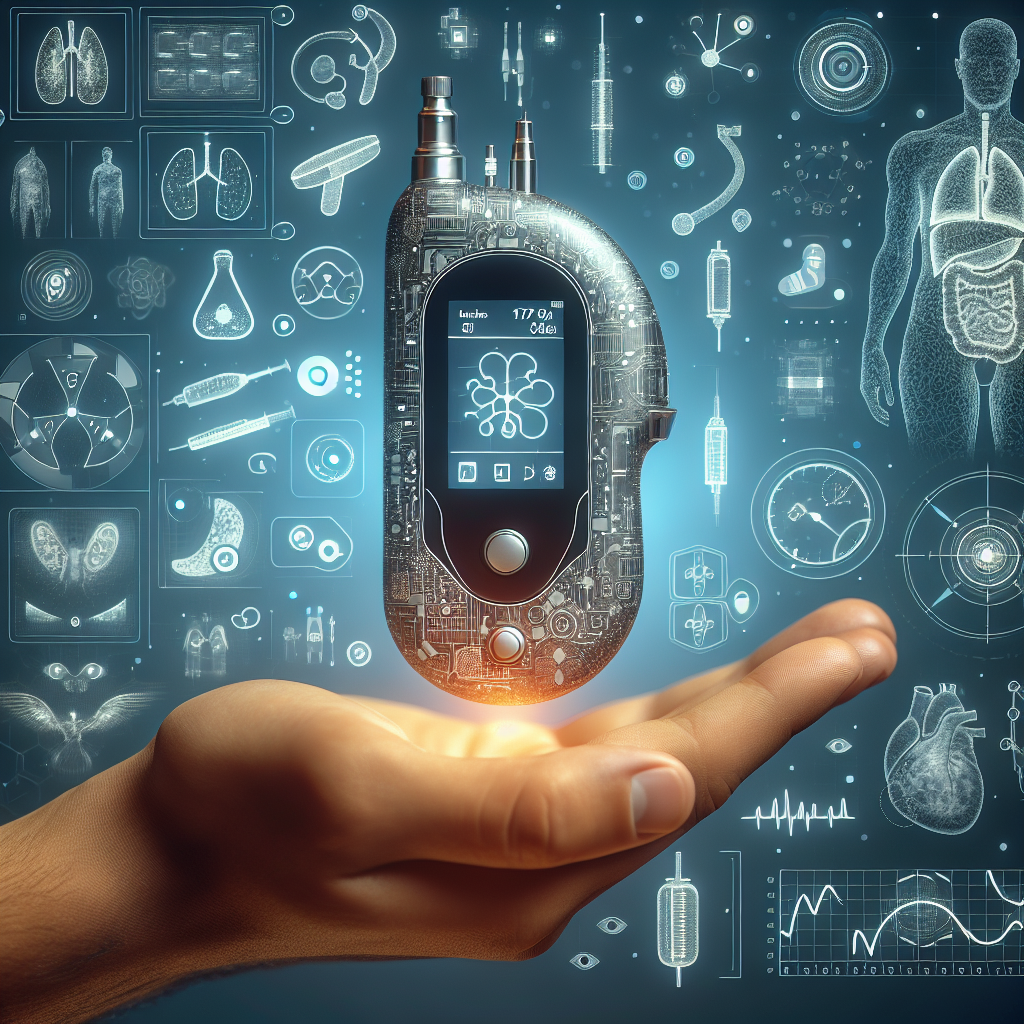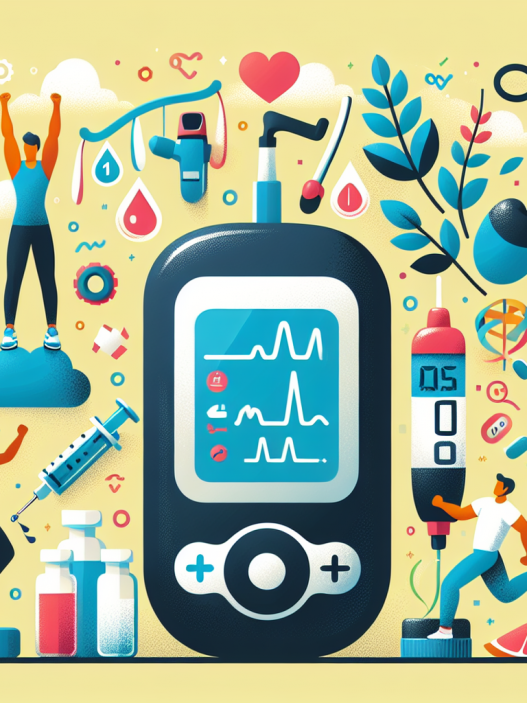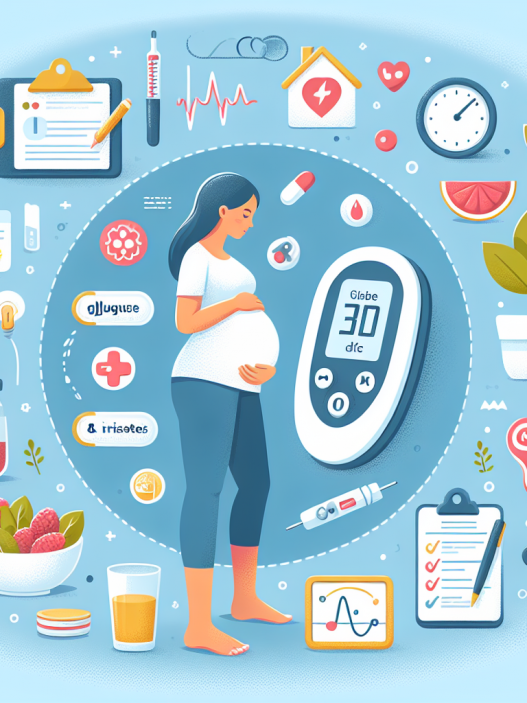[ad_1]
Living with Type 1 diabetes presents unique challenges for patients and caregivers alike, primarily due to the need for constant monitoring of blood glucose levels and insulin administration. Fortunately, advancements in medical technology have led to the development of artificial pancreas systems. These innovative devices promise to revolutionize diabetes management by automating insulin delivery, thus mimicking the natural function of a healthy pancreas. In this blog post, we will explore the rise of artificial pancreas systems and their significant impact on the lives of individuals with Type 1 diabetes.
The Basics of Type 1 Diabetes and Its Management
Managing Type 1 diabetes involves a robust understanding of insulin, carbohydrates, and blood sugar levels. Type 1 diabetes occurs when the body’s immune system mistakenly attacks insulin-producing cells in the pancreas, resulting in little to no insulin production. Insulin therapy is essential for individuals with this condition, as it helps regulate blood sugar levels. People with Type 1 diabetes must make frequent blood sugar checks throughout the day and adjust their insulin doses accordingly. Traditional methods of management can be cumbersome, requiring constant attention and manual intervention.
Due to the complexities involved in monitoring and administering insulin, many patients face challenges that can lead to diabetes burnout. Fluctuating blood sugar levels can result in immediate health risks, including hypoglycemia (low blood sugar) and hyperglycemia (high blood sugar), which can result in long-term complications such as neuropathy, retinopathy, and cardiovascular disease. Understanding these challenges underscores the importance of ongoing research and development for more effective diabetes management solutions.
The Emergence of Artificial Pancreas Systems
Artificial pancreas systems have garnered attention as a groundbreaking advancement in diabetes care, effectively closing the loop between continuous glucose monitoring (CGM) and insulin delivery. The concept dates back several decades, but technological advancements and an increased understanding of diabetes management have accelerated its development. An artificial pancreas, often referred to as a closed-loop system, autonomously adjusts insulin delivery based on real-time glucose readings.
The two primary components of an artificial pancreas system are the continuous glucose monitor and an insulin pump. The CGM tracks blood sugar levels continuously and sends that data to the insulin pump. Based on the glucose information, the insulin pump adjusts the delivery of insulin automatically, reducing the burden on the patient. This automated process allows for improved blood glucose control and enhanced quality of life, as patients no longer need to manually calculate their insulin doses based on fluctuating blood sugar levels throughout the day.
The Benefits of Artificial Pancreas Systems
One of the most significant benefits of using artificial pancreas systems is the potential for improved glycemic control. Research shows that these systems can reduce both hypoglycemic events and long-term complications associated with poorly managed diabetes. Automated insulin delivery enables patients to maintain blood glucose levels within the target range more consistently, minimizing the risks associated with extreme fluctuations.
Moreover, artificial pancreas systems provide an enhanced sense of independence for individuals with Type 1 diabetes and their caregivers. Patients can engage in daily activities with confidence, knowing that their devices are managing insulin delivery on their behalf, allowing them to focus on enjoying life rather than worrying about constant glucose monitoring. This newfound freedom can lead to better mental health and reduced anxiety around diabetes management.
Additionally, the advent of artificial pancreas systems has paved the way for a new era of clinical trials and research dedicated to optimizing technology for diabetes care. As researchers gather more data and feedback from users, they can refine these systems, making them even more effective and user-friendly. This iterative process is critical for addressing any existing limitations and expanding the accessibility of such technologies.
<h2Challenges and Limitations of Artificial Pancreas Systems
While artificial pancreas systems have proven to be revolutionary in managing Type 1 diabetes, they are not without challenges and limitations. One significant concern is the reliance on technology and the potential for device malfunction. Continuous glucose monitors can occasionally yield inaccurate readings due to factors like sensor wear, calibration errors, and bodily fluid changes. These inaccuracies can lead to inappropriate insulin dosing, thereby risking patient safety.
Furthermore, financial barriers can limit access to artificial pancreas systems. The cost of purchasing, maintaining, and replacing devices and supplies can be prohibitively expensive for many individuals, even with insurance coverage. This financial burden highlights ongoing disparities in healthcare access and emphasizes the need for policy adjustments to ensure that all individuals with diabetes can benefit from these advancements.
Lastly, not all patients may be suitable candidates for artificial pancreas systems. Factors such as age, type of diabetes, and psychological readiness can influence an individual’s ability to use these systems effectively. Ensuring a comprehensive patient education program and a tailored approach to diabetes management is vital for maximizing the benefits of artificial pancreas systems.
The Future of Artificial Pancreas Technology
The future of artificial pancreas systems appears promising as researchers continue to explore augmented capabilities and advancements in technology. Many ongoing studies aim to enhance the algorithms used for insulin delivery and incorporate advanced technologies like artificial intelligence and machine learning. This could lead to systems that not only adjust for current glucose levels but also predict future fluctuations based on historical data and lifestyle factors, further improving blood sugar management.
Additionally, developers are working towards creating more streamlined and user-friendly devices that can integrate seamlessly into patients’ lifestyles. Miniaturization of components and integration of smartphones could allow for more convenient glucose monitoring and insulin administration. Imagine a smartphone app that not only provides alerts but also offers personalized recommendations based on real-time data from wearables.
The integration of cross-disciplinary clinical research holds the key for innovation in artificial pancreas systems. Collaborations between technologists, clinicians, behavioral scientists, and patients will be essential in creating solutions that address the various dimensions of diabetes management, ultimately improving quality of life for those living with Type 1 diabetes.
In conclusion, the rise of artificial pancreas systems is a pivotal moment in diabetes management, offering individuals with Type 1 diabetes hope, independence, and better health outcomes. While challenges persist, continued advancements in technology promise a future where diabetes management is less burdensome, allowing patients to lead healthier lives. The journey of the artificial pancreas is far from over, and it represents a collaboration between medical science and technology that can transform diabetes care for generations to come.
[ad_2]






















